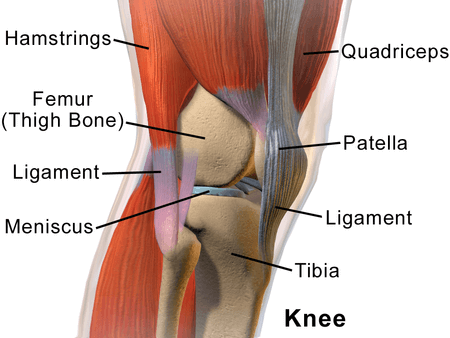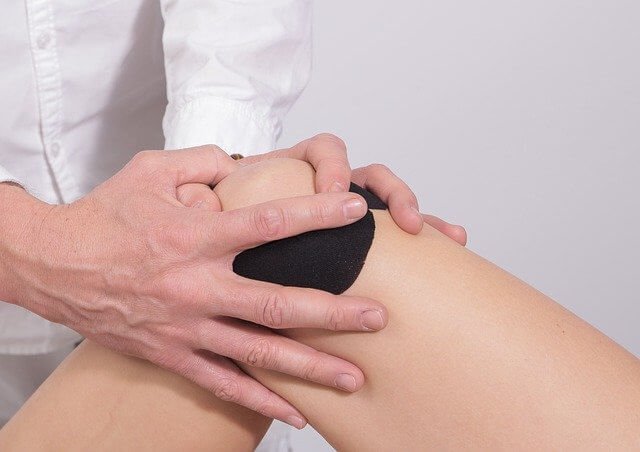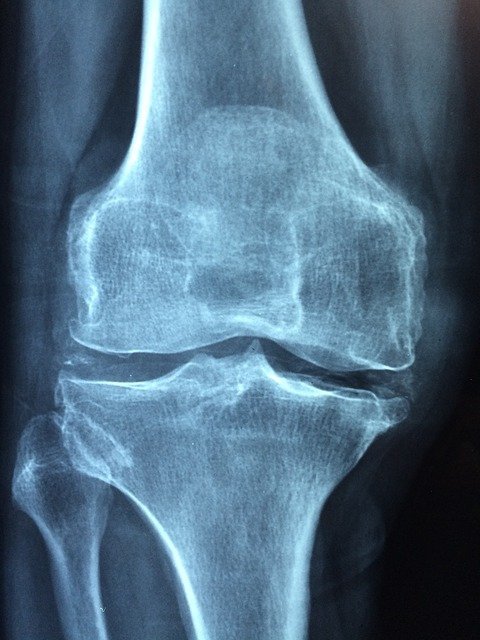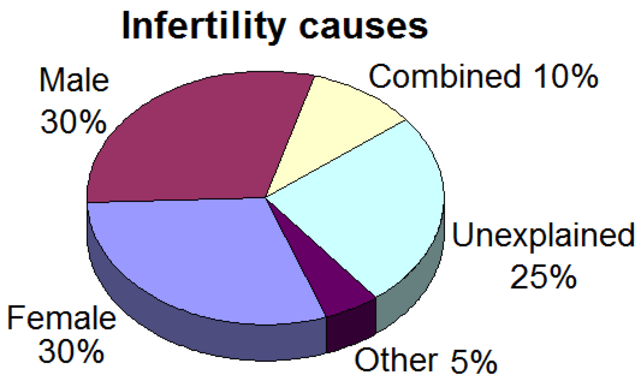Information on this site shall be considered as holistic, alternative and spiritual advice only. For medical advice and treatment a GP, medical professional and/or Certified Hijama Therapist should be consulted. In all circumstances where lifestyle changes, supplements, or other foods are suggested your GP should be consulted. Client Safety is the number one priority.
Cupping / Hijama Points Treatment Plan for Roughness of the Knee
Allow 2-4 weeks between sessions – longer if required. Hijama Points shown for each session should ONLY be used to guide the therapist. Body size, cup size, and any other conditions need to considered and appropriate care and attention taken. The number of sessions shown can be increased or reduced depending on the condition of the client.
Complete Treatment Plan
Click here for Session 1Click here for Session 2
Click here for Session 3
Standard Wet Points – 1,55,11,12,13,53,54
Click here for Hijama Points on the back of the bodyClick here for Hijama Points on the lower limbs of the body
If the client has a complicated history and numerous concerns then it is a good idea to use our online consultation service – click here.
Which body part or function is involved in Roughness of the Knee?
The ability to walk, stand, run or climb the stairs is vital for humans to fulfill the daily life needs without any assistance and require proper functioning of the muscles, bones, and joints essential for the activity. The knee joint is the largest joint our body has for movement. To perform this normal activity the knee joints, play a prominent role without us noticing it unless there is a problem leading to the knee damage. Particularly, in old age people, this problem is very common as the cartilage in the knee joints may get roughed up or other bone-related damages may occur leading to pain, swelling, and inflammation.
The tibiofemoral and patellofemoral joints which combine to make the knee, are comprised of soft tissues, cartilage, and subchondral bone surrounding the junctions. The knee joints and ends of their associated bones are covered by the cartilages at the point they face each other making the movement friction-free under mechanical pressure by absorbing the shocks that the joints are prone to while walking or running. Also, the fibrous synovial membrane that covers the margins of the menisci works to lowers the joint friction during joint movement and the synovial fluid within them lubricates the surrounding area. The knee joint can be bent and stretched during a walk bearing the weight of the human body functioning as a hinge to shifting load from the femur to tibia as a normal walking process.
Some conditions like the roughness of the knee disease are caused when there is a gradual erosion and cracking of the cartilage coating the surface of the joint. These factors affect the function of the knee joint leading to lower performance due to increased roughness of the articular cartilage surface.

What are the symptoms and effects of Roughness of the Knee on the body?
The roughness of the knee is caused when the cartilage covering the bones in the joints starts deteriorating gradually exposing the bone surface to slide on each other leading to friction. This friction causes pain, swelling, inflammation, and extremely limits the joint movement affecting the quality of life of a patient. The roughness of the knee is common among the older population but in some cases, it can affect the younger people also, specifically if they undergo some knee injury or have a family history of infection or inflammation. Similarly, obesity or weight gain causes damage by putting extra pressure overall on the body joints, and some genetic mutations or inherited disorders can also expose a person to joint and knee-related problems leading to disability. The females are at higher risk of getting roughness of the knee in their late fifties. Likewise, athletes or players involved in heavy weight lifting are exposed to knee stress injuries by putting a continued pressure on the knee joints causing roughness injury in the end, and football or tennis players are also at risk of getting knee injuries leading to roughness due to their regular running during the game. Doctors advise adding regular exercise to strengthen the muscles around the joints and knee to avoid weakness and injury.
What changes in diet can help improve symptoms of Roughness of the Knee?
Symptoms of the roughness of the knee disease may include the start of sudden pain in the knee or pain after an injury that is felt in the morning or after sitting for a long time without a movement, while climbing stairs, standing, or walking. Such knee pain is so severe that it wakes up the patient from sleep. Also, the swelling and redness of the skin covering knee joint, the occurrence of osteoporosis, the inability to bend the joints due to increased stiffness and weakening of muscles around the knee over a period as a person ages, any changes in the knee movement, knee sounds, or, the appearance of some abnormality in the shape of the knee indicate an impairment as the damage to the cartilages increases depending on the severity of the disease.

Opting for healthy eating habits saves a person from a lot of health issues leading to disabilities and affecting the quality of life. To avoid knee problems and build strong healthy muscles and joints, a balanced diet plays a key role. Being overweight or obese can lead to knee and joint-related problems that can be avoided by cutting out the extra calories, taking smaller meal portions, eating fresh fruits and vegetables, and cutting out the sugary food and drinks. Also, taking omega-3 helps in relieving joint pain and lowering the stiffness of the joints by reducing inflammation. The use of olive oil in cooking food and adding plenty of vitamin C to the diet helps in eliminating inflammation and building connective tissues.
Changes in lifestyle which can help Roughness of the Knee
A good lifestyle is important for a healthy body and physical fitness. Maintaining the right weight by a balanced diet, proper exercise to avoiding obesity can lead to healthy bones and joints. Also, avoiding the repetitive movement associated with some exercises and other physical activities like kneeling for an extended time can cause deterioration of cartilage leading to pain. The patient should focus on eating the food that strengthens the joints and cutting off the food that leads to an increase in the roughness of the knee. Besides this, the involvement of people in sports that are violent and may expose to knee injuries should be avoided.
Possible alternative remedies for Roughness of the Knee
The knee roughness, stiffness, pain, or swelling can be reduced by the use of physical therapy that can lead to improvement in the knee joint function. Different lotions and creams can be used to ease the swelling and pain in the knee. Also, using cold and warm pads can relieve some pain and swelling. Similarly, the Chinese needle procedure is suggested to help greatly in easing the pain in case of the roughness of the knee.




